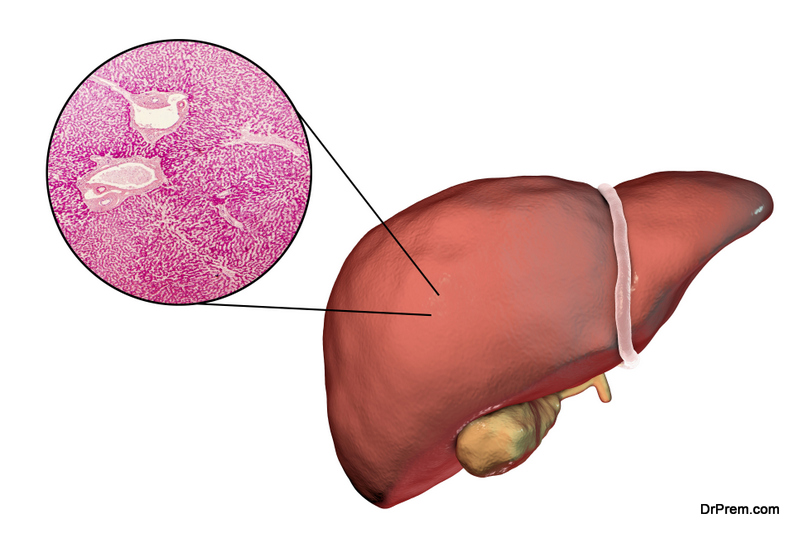Technological advancements in the last decade or so have been such that almost every industry and sector out there has been affected by it. It has irrevocably changed, many sectors for the better. One cannot fathom the airline or banking industry functioning without information technology, and healthcare is no different. Healthcare has always been influenced by technology, from the very first scalpels used to operate a body to using nanotechnology to understand most basic functions of our body, technology is the foundation on which panacea operates. Here is a list of all the ways that might transform healthcare in future.
A.I in the clinic
Pepper the robot
Artificial Intelligence is inside the surgery rooms now. Take for example Pepper the humanoid robot designed by Aldebaran Robotics in 2014. Its main purpose is to “make people happy” and the robot is increasingly being used at reception halls and waiting rooms to interact with people. In healthcare, it can be used to interpret body language and emotions of patients.
IBM’s Watson
Another example is IBM’s advanced AI program Watson. Watson has access to over 200 million pages of content in any and every field imaginable. This program can be of immense help to physicians who can feed it the necessary data or procure any patient’s record instead of sitting over paperwork. Watson has already been used in radiology and oncology projects with success and it is a clear indication that AI will be a big part of the healthcare industry in the coming years.
Internet of things and healthcare
Much like AI, the Internet of Things is a hot technological trend. It is the networking of smart devices which enables them to exchange data. Healthcare can, and already is benefiting from this trend. It can enable hospitals to keep track of patients even when they are transferred to different locations. Through this they can easily locate and predict ambulance activity and other kinds of asset management. In case of mass casualty and emergencies a medical floor can assess the situation and prepare in advance for new patient’s arrival. Most medical devices are equipped with smart features and iOT could be of help establishing cross device interconnectivity thereby giving access to the data to anyone who needs it.
3D Printing into the future
3D printing is one of the most exciting technologies to emerge in years. Every industry from architecture and aerospace to molding and consumer electronics is investing heavily in 3D printing, and healthcare isn’t far behind. 3D printing is mainly used for manufacturing wherein a digital 3D image is used to create a physical version of the image by a process called Stereolithography. Since the early 2000s 3D printing has slowly crept into the healthcare industry first in the dental field and then in prosthetics. A limb, for example, can be scanned and a customized cast can be made accordingly, which will save time and money for both the doctor and the patient. Gone are the days of using plaster of Paris to create a painstaking cast. 3D printing is already on its way to change the healthcare infrastructure.
Surgical Robots
Robot assisted surgeries are the stuff of science fiction movies but few are aware that this concept has been in practice since 2007. With each year the scope of robotics improves and it won’t be long before robots would be capable of conducting high risk surgeries on their own. There are plenty of reasons behind all these but high efficiency is the most pronounced one. In 2000 Intuitive surgical, an American company created the Da Vinci surgical system which was capable of completing complex surgeries with least invasive approach. Controlled by a surgeon, robots like the DVSS use fewer and smaller incisions which help the tissue recovery faster than otherwise. The robots are capable of bending and rotating their metallic arms far dexterously than a human ever could, and with exact precision.
Most indications are positive: the original da vinci models were used for urology and gynecology cases but the latest ones are capable of working on lungs, intestines and even the rectum. This is no passing fad, there may come a time in the future when every surgery would be done by a giant metallic Terminator like figure. Yet another example of how technology has impacted healthcare and medical practices.







